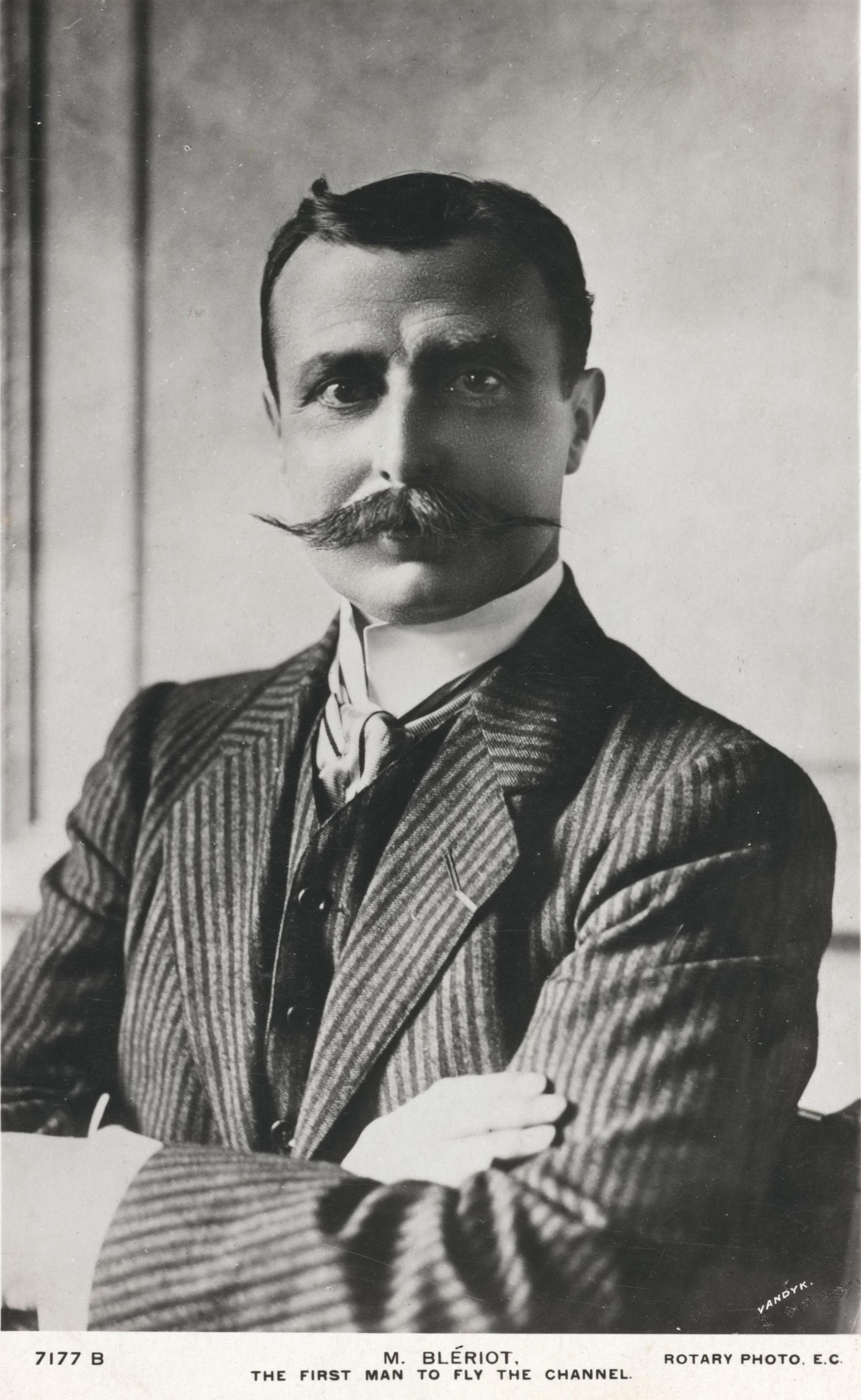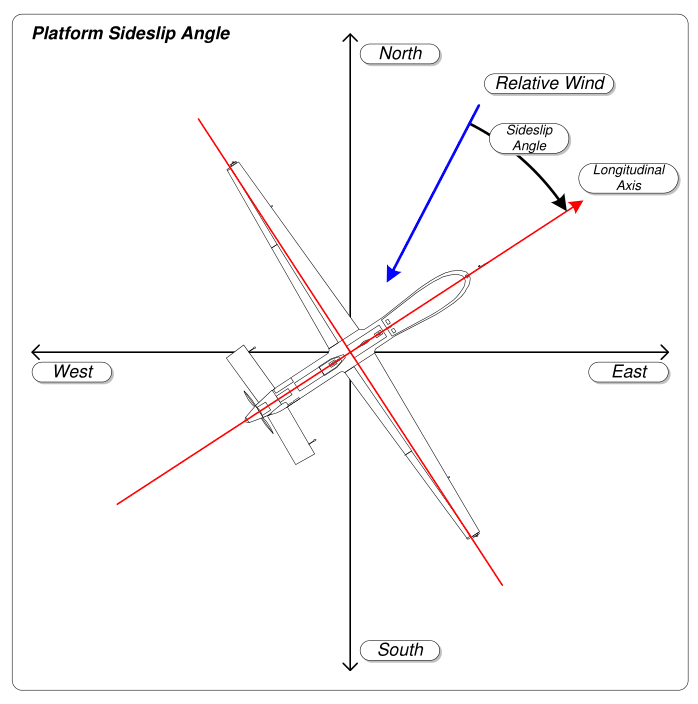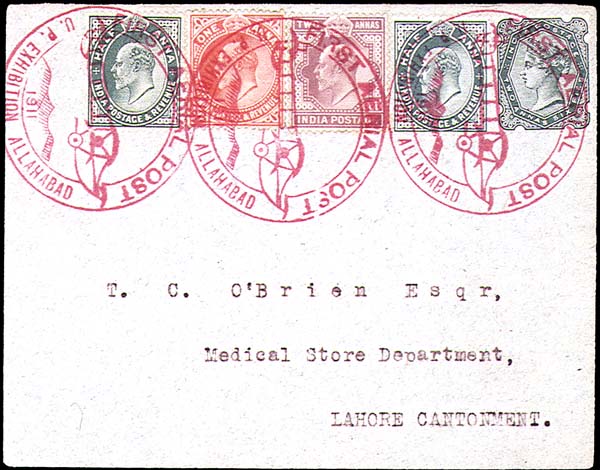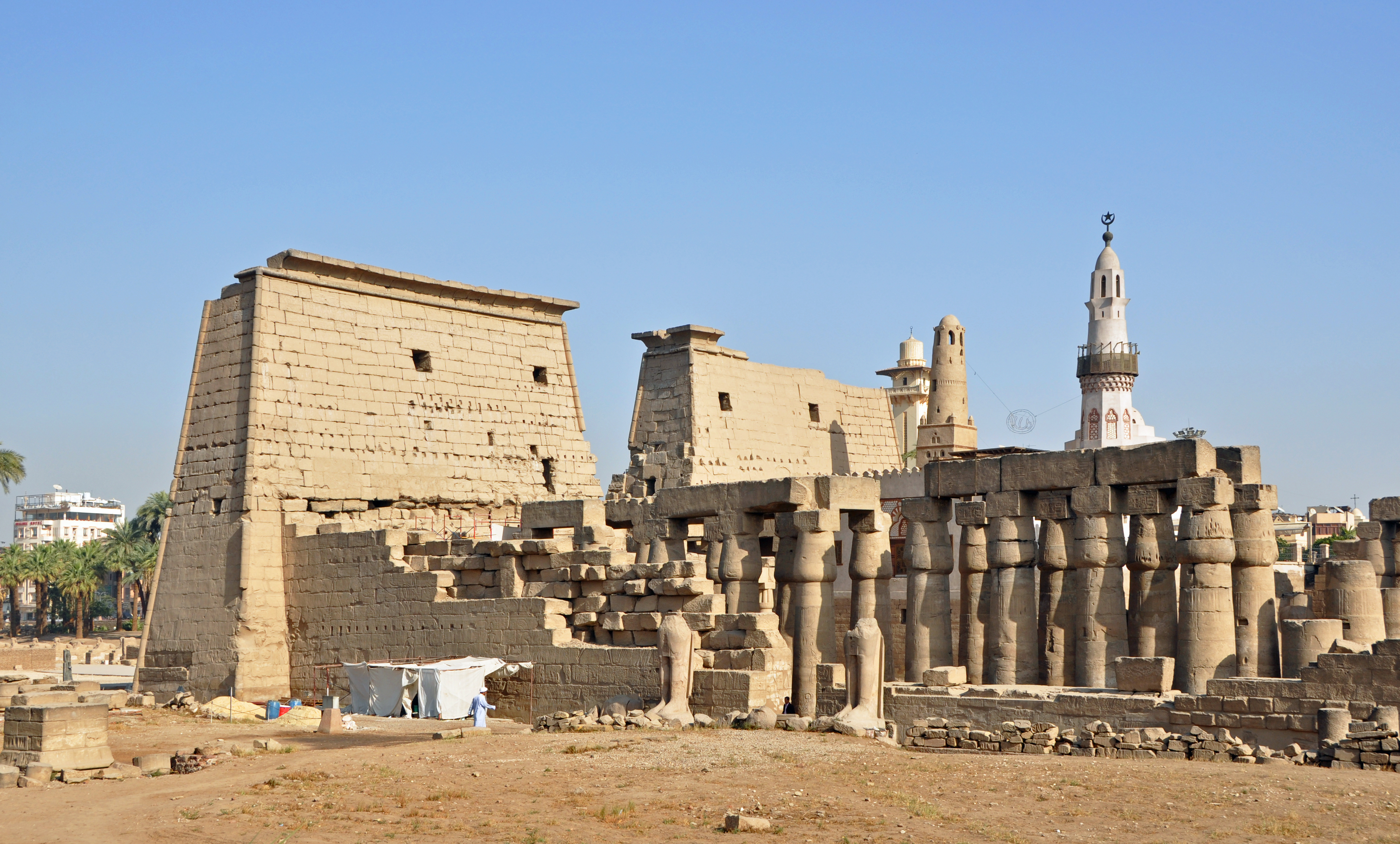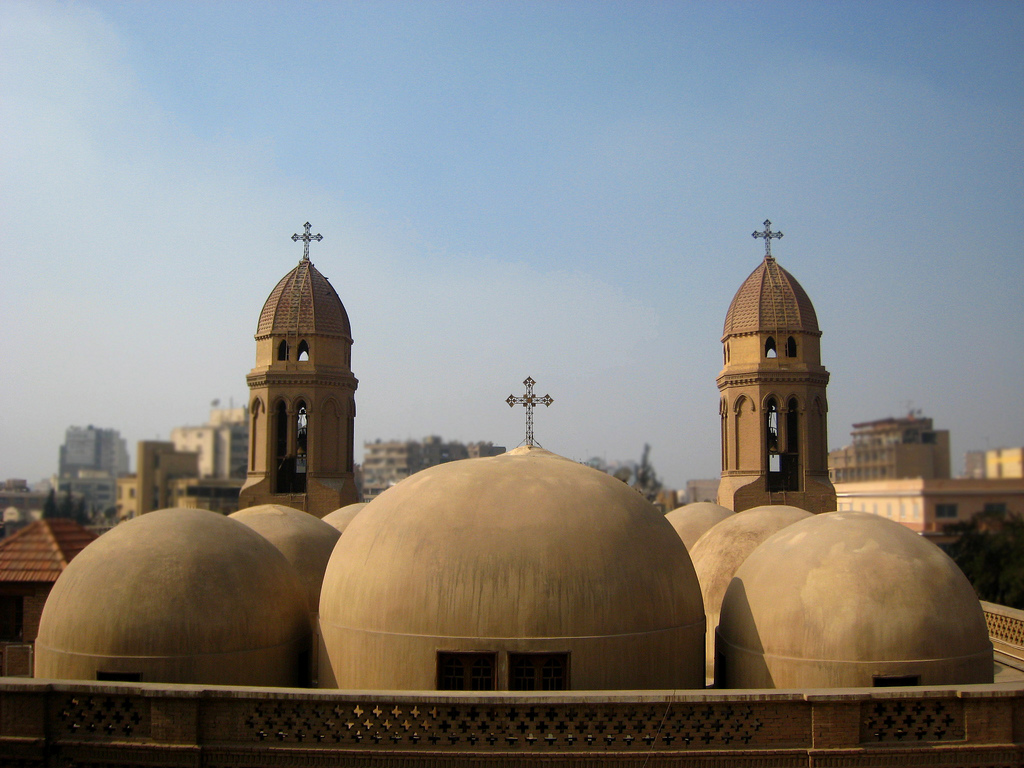|
Marc Pourpe
Marc Marie Edmond Armand Pourpe (17 May 1887 – 2 December 1914) was a French aviation pioneer and stunt flyer. His mother was Anne-Marie Chassaigne, later known as the famous courtesan Liane de Pougy, and his father a young naval officer, Armand Pourpe. He made the first airmail flight in Egypt flying from Cairo to Khartoum. Pourpe died in World War I on a reconnaissance mission over the Somme in December 1914. Life Marc Pourpe was born on 17 May 1887 in Lorient, France to the famous courtesan, Liane de Pougy, who was of Spanish and French descent. His father was Armand Pourpe, a young naval officer who later became a senior officer in the Suez Canal Company. His parents' marriage was not a happy one. His mother, then known as Anne-Marie Pourpe, had run off with Pourpe when she was only 16, and they married once she became pregnant. She later claimed in her memoirs that her new husband took her violently on their wedding night, an event which left her emotionally scarred. ... [...More Info...] [...Related Items...] OR: [Wikipedia] [Google] [Baidu] |
Lorient
Lorient (; ) is a town (''Communes of France, commune'') and Port, seaport in the Morbihan Departments of France, department of Brittany (administrative region), Brittany in western France. History Prehistory and classical antiquity Beginning around 3000 BC, settlements in the area of Lorient are attested by the presence of Megalith, megalithic architecture. Ruins of Roman roads (linking Vannes to Quimper and Port-Louis, Morbihan, Port-Louis to Carhaix) confirm Gallo-Roman presence. Founding In 1664, Jean-Baptiste Colbert founded the French East Indies Company. In June 1666, an Ordonnance, ordinance of Louis XIV of France, Louis XIV granted lands of Port-Louis, Morbihan, Port-Louis to the company, along with Faouédic on the other side of the roadstead. One of its directors, Denis Langlois, bought lands at the confluence of the Scorff and the Blavet rivers, and built slipways. At first, it only served as a subsidiary of Port-Louis, where offices and warehouses were loc ... [...More Info...] [...Related Items...] OR: [Wikipedia] [Google] [Baidu] |
Blériot Aéronautique
Blériot Aéronautique was a French aircraft manufacturer founded by Louis Blériot. It also made a few motorcycles between 1921 and 1922 and cyclecars during the 1920s. Background Louis Blériot was an engineer who had developed the first practical headlamp for cars and had established a successful business marketing them. In 1901 he had built a small unmanned ornithopter, but his serious involvement with aviation began in April 1905 when he witnessed Gabriel Voisin's first experiments with a floatplane glider towed behind a motorboat on the river Seine. A brief partnership with Voisin followed, but after the failure of the Blériot III and its modified version, the Blériot IV, the partnership was dissolved and Blériot set up his own company, "Recherches Aéronautique Louis Blériot" (Louis Blériot Aeronautical Research) at Courbevoie in March 1909. Blériot's early experiments File:Bleriot V.jpg, Blériot V File:Bleriot VI.jpg, Blériot VI File:Bleriot VII.jpg, Blér ... [...More Info...] [...Related Items...] OR: [Wikipedia] [Google] [Baidu] |
Slip (aerodynamics)
A slip is an aerodynamic state where an aircraft is moving ''somewhat'' sideways as well as forward relative to the oncoming airflow or relative wind. In other words, for a conventional aircraft, the nose will be pointing in the opposite direction to the bank of the wing(s). The aircraft is not in coordinated flight and therefore is flying inefficiently. Background Flying in a slip is aerodynamically inefficient, since the lift-to-drag ratio is reduced. More drag is at play consuming energy but not producing lift. Inexperienced or inattentive pilots will often enter slips unintentionally during turns by failing to coordinate the aircraft with the rudder. Airplanes can readily enter into a slip climbing out from take-off on a windy day. If left unchecked, climb performance will suffer. This is especially dangerous if there are nearby obstructions under the climb path and the aircraft is underpowered or heavily loaded. A slip can also be a ''piloting maneuver'' where the pilot del ... [...More Info...] [...Related Items...] OR: [Wikipedia] [Google] [Baidu] |
Escadrille N23
''Escadrille 23'' of the French Air Force was formed at Brie on 4 August 1914. History Escadrille 23 was equipped with Morane-Saulniers and forwarded to ''VI Armee'' of the French Army in September, and transferred to ''IV Armee'' in October 1914. Later that month, it moved to the Somme. It would operate from there until 6 August 1915. It then returned to the ''VI Armee'' for a short spell before being posted to ''IV Armee'' on 21 August 1915.Franks, Bailey 1992, p. 90. On 20 September 1915, the unit re-equipped with Nieuports and became ''Escadrille N23''. Its performance earned it a citation in orders on 5 November 1916. It was credited with victories over 17 enemy aircraft and four observation balloons. On 3 February 1917, the ''escadrille'' was posted to ''VII Armee''; it soon moved to support ''II Armee''. On 19 March 1918, the ''escadrille'' earned the fourragere of the ''Croix de Guerre'' by being cited again, for downing another 23 enemy airplanes. The unit subseque ... [...More Info...] [...Related Items...] OR: [Wikipedia] [Google] [Baidu] |
French Air Force
The French Air and Space Force (AAE) (french: Armée de l'air et de l'espace, ) is the air and space force of the French Armed Forces. It was the first military aviation force in history, formed in 1909 as the , a service arm of the French Army; it became an independent military branch in 1934 as the French Air Force. On 10 September 2020, it assumed its current name, the French Air and Space Force, to reflect an "evolution of its mission" into the area of outer space. The number of aircraft in service with the French Air and Space Force varies depending on the source; the Ministry of Armed Forces gives a figure of 658 aircraft in 2014. According to 2018 data, this figure includes 210 combat aircraft: 115 Dassault Mirage 2000 and 95 Dassault Rafale. As of 2021, the French Air and Space Force employs a total of 40,500 regular personnel, with a reserve element of 5,187 in 2014. The Chief of Staff of the French Air and Space Force (CEMAAE) is a direct subordinate of the Chief of ... [...More Info...] [...Related Items...] OR: [Wikipedia] [Google] [Baidu] |
Air Mail
Airmail (or air mail) is a mail transport service branded and sold on the basis of at least one leg of its journey being by air. Airmail items typically arrive more quickly than surface mail, and usually cost more to send. Airmail may be the only option for sending mail to some destinations, such as overseas, if the mail cannot wait the time it would take to arrive by ship, sometimes weeks. The Universal Postal Union adopted comprehensive rules for airmail at its 1929 Postal Union Congress in London. Since the official language of the Universal Postal Union is French, airmail items worldwide are often marked ''Par avion'', literally: "by airplane". For about the first half century of its existence, transportation of mail via aircraft was usually categorized and sold as a separate service (airmail) from surface mail. Today it is often the case that mail service is categorized and sold according to transit time alone, with mode of transport (land, sea, air) being decided on the ... [...More Info...] [...Related Items...] OR: [Wikipedia] [Google] [Baidu] |
Abu Hamed
Abu Hamad (Arabic: أبو حمد), also spelt 'Abu Hamed', is a town of Sudan on the right bank of the Nile, 345 mi by rail north of Khartoum. It stands at the centre of the great S-shaped bend of the Nile, and from it the railway to Wadi Halfa strikes straight across the Nubian Desert, a little west of the old caravan route to Korosko. The Population of Abu Hamad is 69,056 A branch railway, 138 mi long, from Abu Hamad goes down the right bank of the Nile to Karima in the Dongola mudiria. The town is named after a celebrated sheikh buried here, by whose tomb travellers crossing the desert used formerly to deposit all superfluous goods, the sanctity of the saint's tomb ensuring their safety. The Battle of Abu Hamed, a part of the Anglo-Egyptian reconquest of the Sudan, took place near the town on 7 August 1897. Climate Abu Hamad has a hot desert climate (Köppen climate classification The Köppen climate classification is one of the most widely used climate c ... [...More Info...] [...Related Items...] OR: [Wikipedia] [Google] [Baidu] |
Wadi Halfa
Wādī Ḥalfā ( ar, وادي حلفا) is a city in the Northern state of Sudan on the shores of Lake Nubia near the border with Egypt. It is the terminus of a rail line from Khartoum and the point where goods are transferred from rail to ferries going down the lake. As of 2007, the city had a population of 15,725. The city is located amidst numerous ancient Nubian antiquities and was the focus of much archaeological work by teams seeking to save artifacts from the flooding caused by the completion of the Aswan Dam. History Archaeological evidence indicates that settlement has been in the area since ancient times, and during the Middle Kingdom period, the Egyptian colony of Buhen across the river existed until the Roman period. The modern town of Wadi Halfa was founded in the 19th century, when it became a port on the Nile for steamers from Aswan, such as the ''Nubia''. During the Turko-Egyptian conquest of 1820, Wadi Halfa was used as a stopping point for troops headed so ... [...More Info...] [...Related Items...] OR: [Wikipedia] [Google] [Baidu] |
Luxor
Luxor ( ar, الأقصر, al-ʾuqṣur, lit=the palaces) is a modern city in Upper (southern) Egypt which includes the site of the Ancient Egyptian city of ''Thebes''. Luxor has frequently been characterized as the "world's greatest open-air museum", as the ruins of the Egyptian temple complexes at Karnak and Luxor stand within the modern city. Immediately opposite, across the River Nile, lie the monuments, temples and tombs of the west bank Theban Necropolis, which includes the Valley of the Kings and Valley of the Queens. Thousands of tourists from all around the world arrive annually to visit Luxor's monuments, contributing greatly to the economy of the modern city. The population of Luxor is 422,407 (2021), with an area of approximately . It is the capital of Luxor Governorate. It is among the oldest inhabited cities in the world. Etymology The name ''Luxor'' ( ar, الأقصر, al-ʾuqṣur, lit=the palace, pronounced , , Upper Egyptian: ) derives from the Arabic ... [...More Info...] [...Related Items...] OR: [Wikipedia] [Google] [Baidu] |
Heliopolis (Cairo Suburb)
Heliopolis ( arz, مصر الجديده, ', , "New Egypt") was a suburb outside Cairo, Egypt, which has since merged with Cairo as a district of the city and is one of the more affluent areas of Cairo. Named for the ancient Egyptian city of Heliopolis (ancient Egypt), Heliopolis to which it lies adjacent, modern Heliopolis was established in 1905 by the Cairo Electric Railways & Heliopolis Oases Company, Heliopolis Oasis Company headed by the Belgians, Belgian industrialist Édouard Empain and by Boghos Nubar, son of the Egyptian Prime Minister Nubar Pasha. It is the location of the Cairo International Airport. The population of Heliopolis is estimated at some 142,968 individuals (2016). History Baron Empain, a well-known amateur Egyptologist and prominent Belgian entrepreneur, arrived in Egypt in January 1904, intending to rescue one of his Belgian wife's development projects: the construction of a railway line linking Al-Matariyyah to Port Said. Despite losing th ... [...More Info...] [...Related Items...] OR: [Wikipedia] [Google] [Baidu] |
Africa
Africa is the world's second-largest and second-most populous continent, after Asia in both cases. At about 30.3 million km2 (11.7 million square miles) including adjacent islands, it covers 6% of Earth's total surface area and 20% of its land area.Sayre, April Pulley (1999), ''Africa'', Twenty-First Century Books. . With billion people as of , it accounts for about of the world's human population. Africa's population is the youngest amongst all the continents; the median age in 2012 was 19.7, when the worldwide median age was 30.4. Despite a wide range of natural resources, Africa is the least wealthy continent per capita and second-least wealthy by total wealth, behind Oceania. Scholars have attributed this to different factors including geography, climate, tribalism, colonialism, the Cold War, neocolonialism, lack of democracy, and corruption. Despite this low concentration of wealth, recent economic expansion and the large and young population make Afr ... [...More Info...] [...Related Items...] OR: [Wikipedia] [Google] [Baidu] |
Europe
Europe is a large peninsula conventionally considered a continent in its own right because of its great physical size and the weight of its history and traditions. Europe is also considered a Continent#Subcontinents, subcontinent of Eurasia and it is located entirely in the Northern Hemisphere and mostly in the Eastern Hemisphere. Comprising the westernmost peninsulas of Eurasia, it shares the continental landmass of Afro-Eurasia with both Africa and Asia. It is bordered by the Arctic Ocean to the north, the Atlantic Ocean to the west, the Mediterranean Sea to the south and Asia to the east. Europe is commonly considered to be Boundaries between the continents of Earth#Asia and Europe, separated from Asia by the drainage divide, watershed of the Ural Mountains, the Ural (river), Ural River, the Caspian Sea, the Greater Caucasus, the Black Sea and the waterways of the Turkish Straits. "Europe" (pp. 68–69); "Asia" (pp. 90–91): "A commonly accepted division between Asia and E ... [...More Info...] [...Related Items...] OR: [Wikipedia] [Google] [Baidu] |

